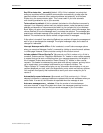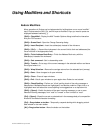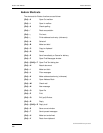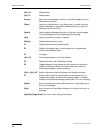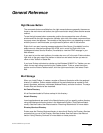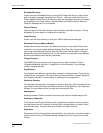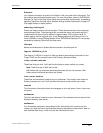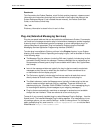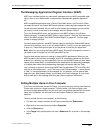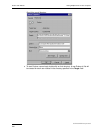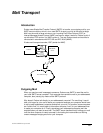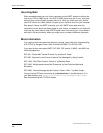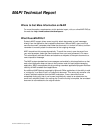
Eudora User Manual Mail Storage
240
QUALCOMM Incorporated
Embedded Directory
Eudora uses the Embedded directory to store JPEG image files that you insert into the
body of outgoing messages using the Insert Picture... command under the Edit menu.
Eudora deletes these files from this directory when the messages containing the images
are emptied from the Trash mailbox. See the Eudora User Manual section “Inserting
Objects in Message Text” for more details.
Filters Directory
Filters are saved in the Filters directory. See the Eudora User Manual section “Filtering
Messages” for more details on creating and using filters.
Imap Directory
Eudora uses the Imap directory to store your IMAP mailboxes and messages.
Nickname Directory (Address Books)
Address Book entries are saved in the Nickname directory, in the default Eudora Nick-
names file. If you have created additional Address Book files, they are kept under their
own name in the Nickname directory. See the Eudora User Manual section “Using the
Address Book and Quick Recipient List” for more details on creating and using Address
Book files and Address Book entries (nicknames).
Plugins Directory
The EMSAPI plug-ins are kept in the Plugins directory. See the section “Plug-ins
(Extended Messaging Services)” on page 242 for more information. Click the page
number to display the topic.
Sigs Directory
The Standard and additional signature files are kept in the Sigs directory. These files are
stored with the .txt extension. See the Eudora User Manual sections “Using a Signature”
and “Signature Window” for more details on creating and using signatures.
Stationery Directory
Your stationery files are kept in the Stationery directory. Stationery files are stored with the
.sta extension. See the Eudora User Manual sections “Using Stationery” and “Stationery
Window” for more details on how to create and use stationery files.
descmap.pce
Mappings between mailbox names and file names are stored in the descmap.pce file.
Eudora.cnt, Eudora.hlp
The Eudora.cnt and Eudora.hlp files contain, respectively, the table of contents informa-
tion and the help text for Eudora’s online help topics, accessed when you select Topics
from the Help menu. These two files must be kept in the same directory.
Eudora.exe
Eudora.exe is the Eudora application executable file. You may find it convenient to keep a
shortcut of this file on your Windows desktop: double-click on the shortcut icon to open
Eudora.




